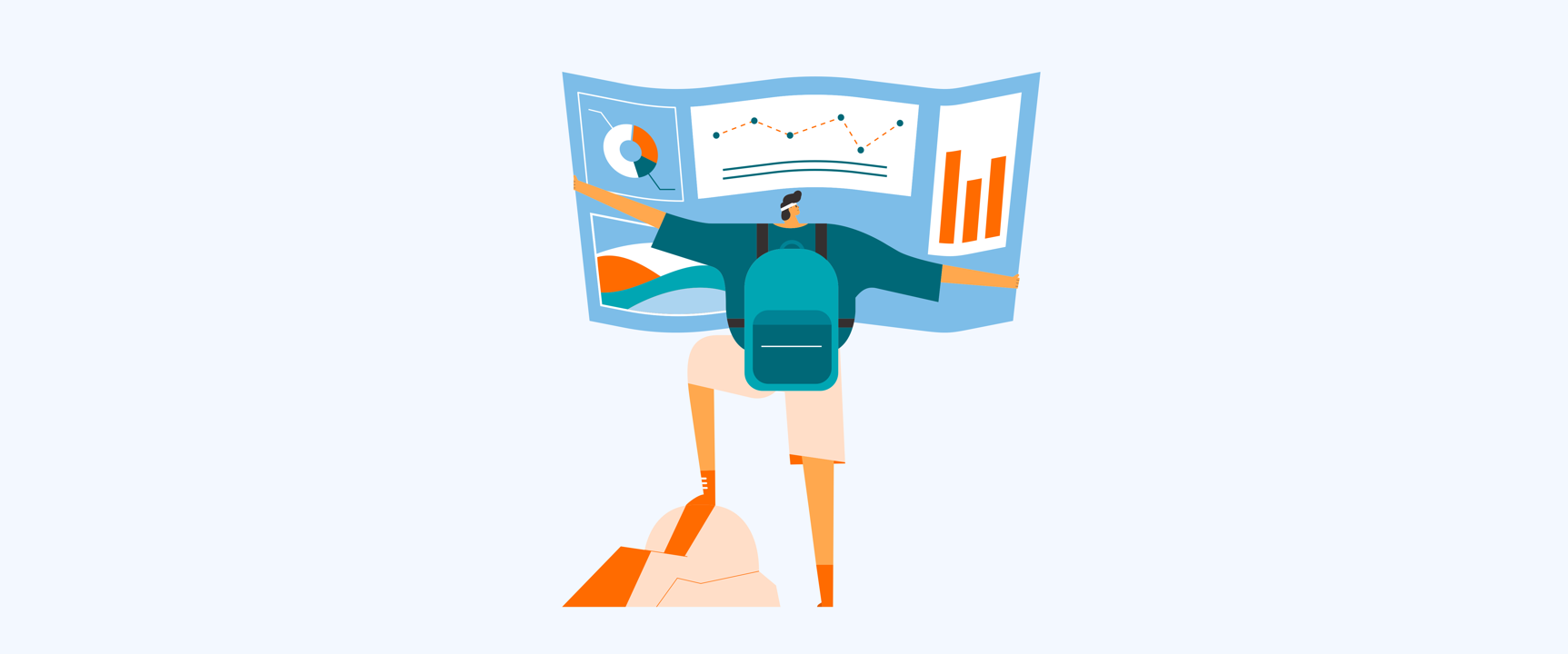User testing is one of the most powerful tools in the product design process but it’s important to remember that it's an iterative process, you test and gather results, implement changes then repeat until your participants are completing tasks as you hoped.
But how do you make fast decisions on whether your designs and prototypes are even worth iterating on? What do you decide to keep or throw away completely?
We've got you covered, with goal-based testing in Marvel!
Measuring your success with Goals
Goal-based testing helps you understand which of your Marvel prototypes are hitting the mark with your participants. The aim is to give you a clear indication of whether your design is achieving it’s ‘golden path’ on both individual tests and the project overall.
The goal is met when the participant reaches a specific screen in your prototype.
This is usually the end of a flow, such as a checkout completion screen, invite success screen etc. This gives you the ability to customise what you are measuring and even create multiple tests for a single prototype.
Questions you’ll be able to answer with Goals:
- Do users get to the end of my prototype flow?
- How long does it take users to get to a goal?
- How many users convert where I expect them to?
Types of flows that work well with goals:
- Checkout and payment process
- Inviting collaborators
- Completing a task
Creating a goal-based test
It's super simple to get started. Once you create your user test in Marvel, you'll have the option to select whether it's goal-based. You can also add some instructions before the test starts so the participants understand the task at hand.
Once that's setup, you can share with as many participants as you like!

Here’s how:
- Go to ‘Create Project’ > ‘User Test’
- Choose the name of the test, the project and select ‘Goal’ as your test type
- Select the final screen which you want your user to reach and track as your goal completion rate
- Select ‘Invite participant’ and add your Intro Message explaining what you’d like the user to find and how to stop the test
The test will end automatically when they have reached the goal screen.
Viewing and analysing results
Once your results start rolling in, we've made it easy to see which results performed best.
Your result will be listed alongside the duration, mistaps or misclicks and whether the goal was completed.
Not only can you see how many participants completed the goal, but also the overall success of the project. This makes it easy to iterate on the design, then test another prototype and compare to see whether you've increased the goal completion percentage rate.
When you begin to review the results, look for the outliers - has anyone taken longer than the average to complete the prototype or have a high mistap/misclick rate? These are often indicators of confusion in your flow and worth targeting first when looking through a long list of results and reveal the most impactful insights.
Want to get started with User Testing in Marvel? Find out more here.


